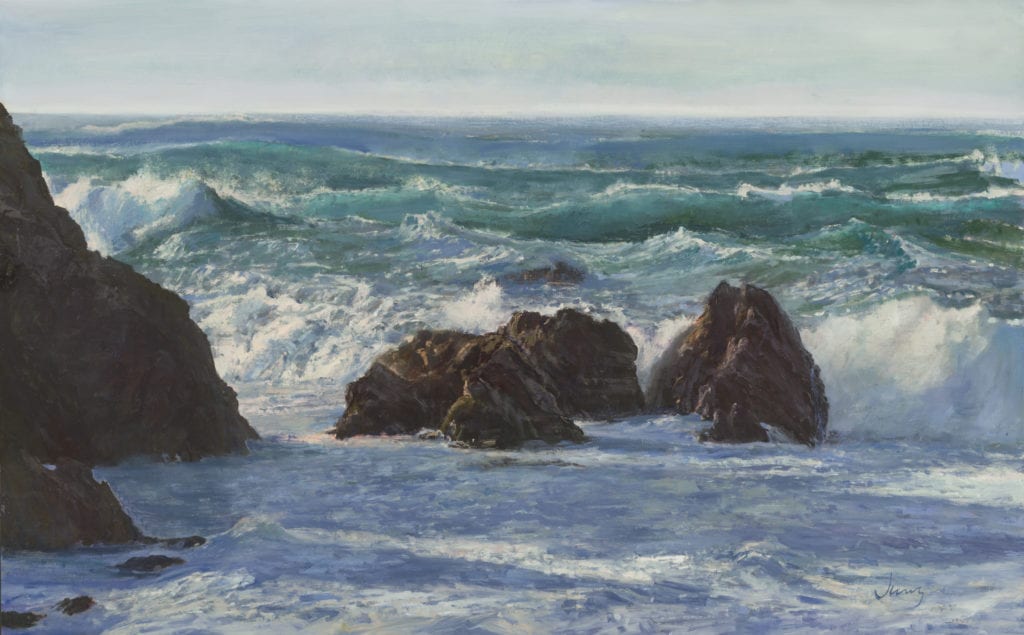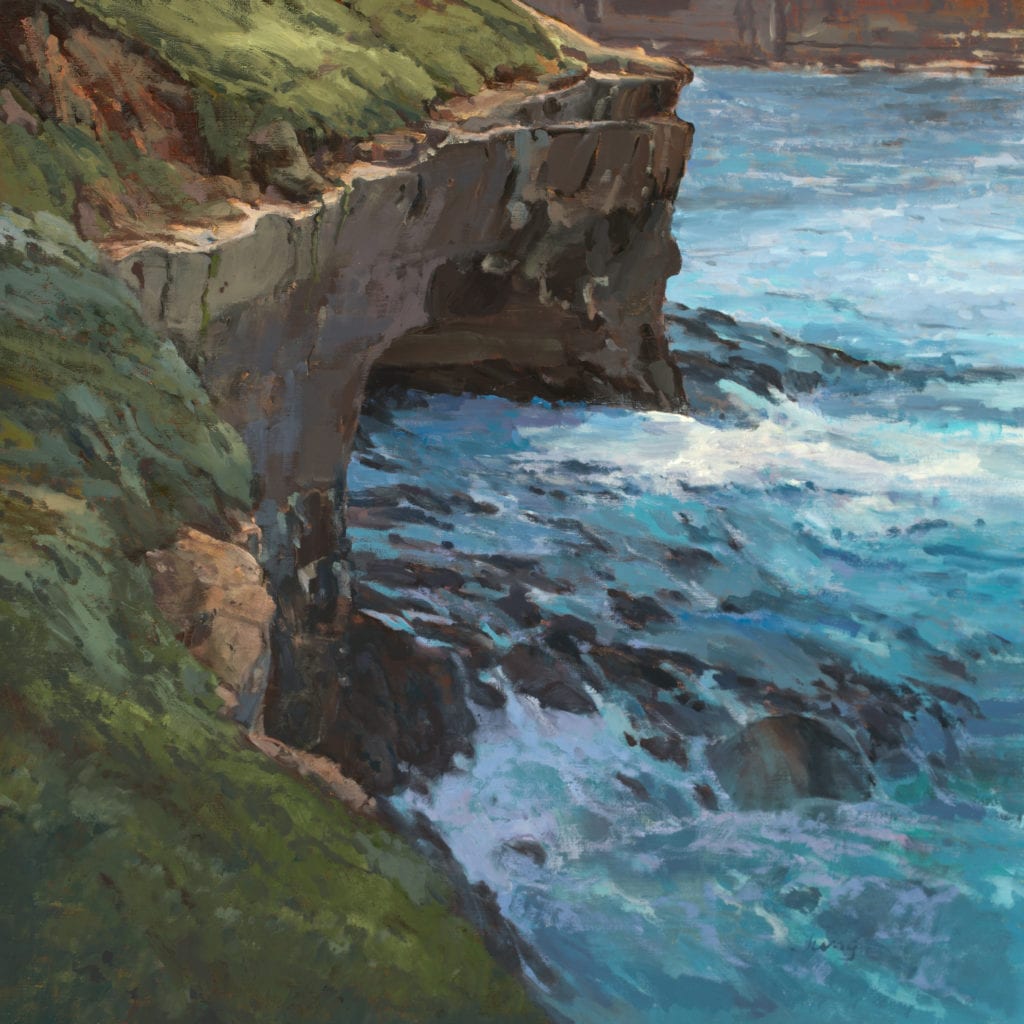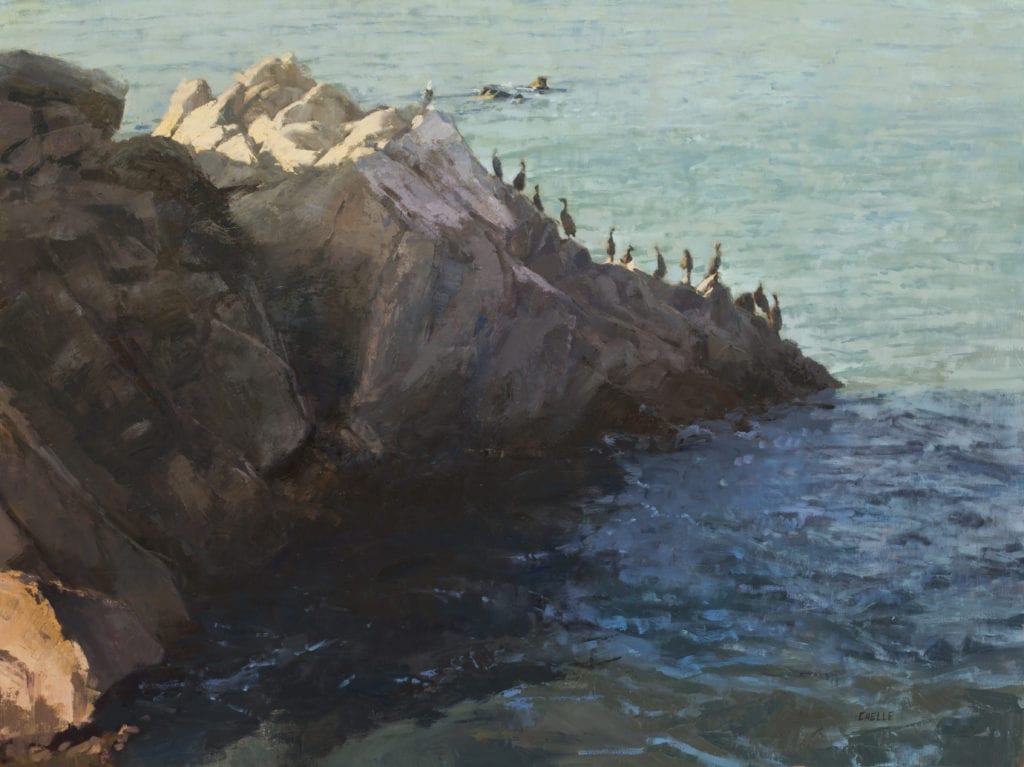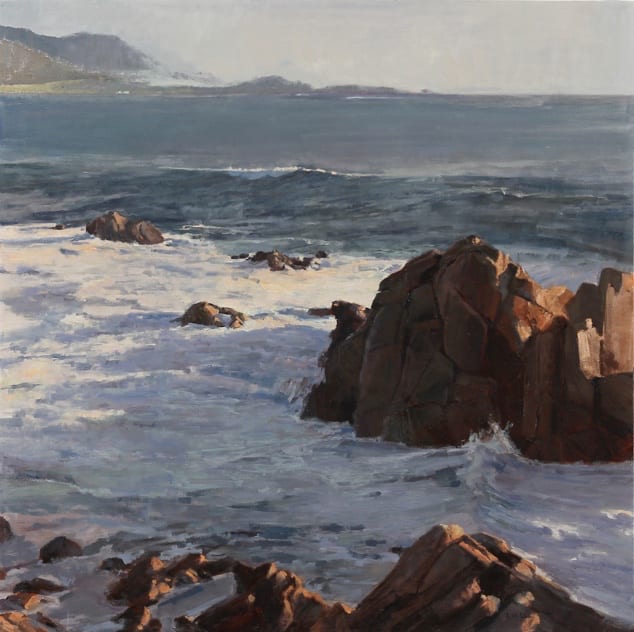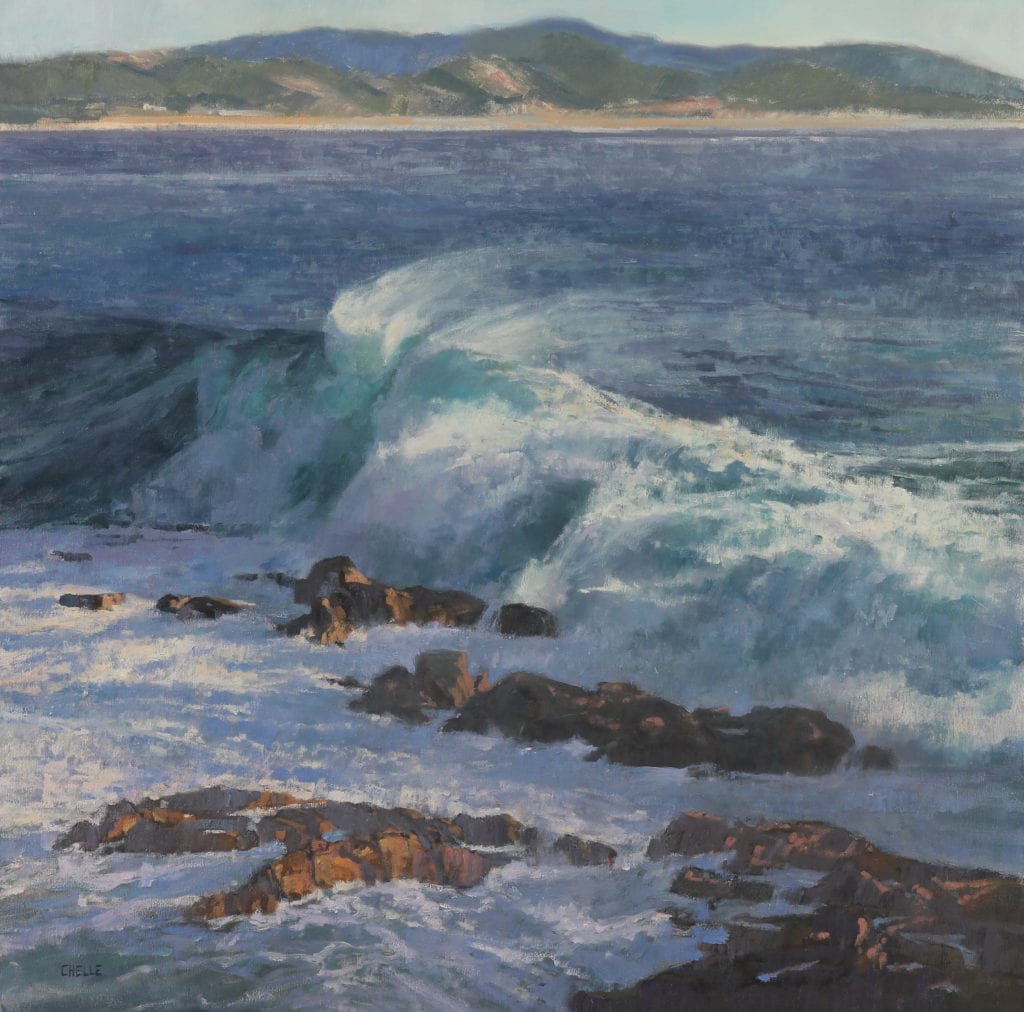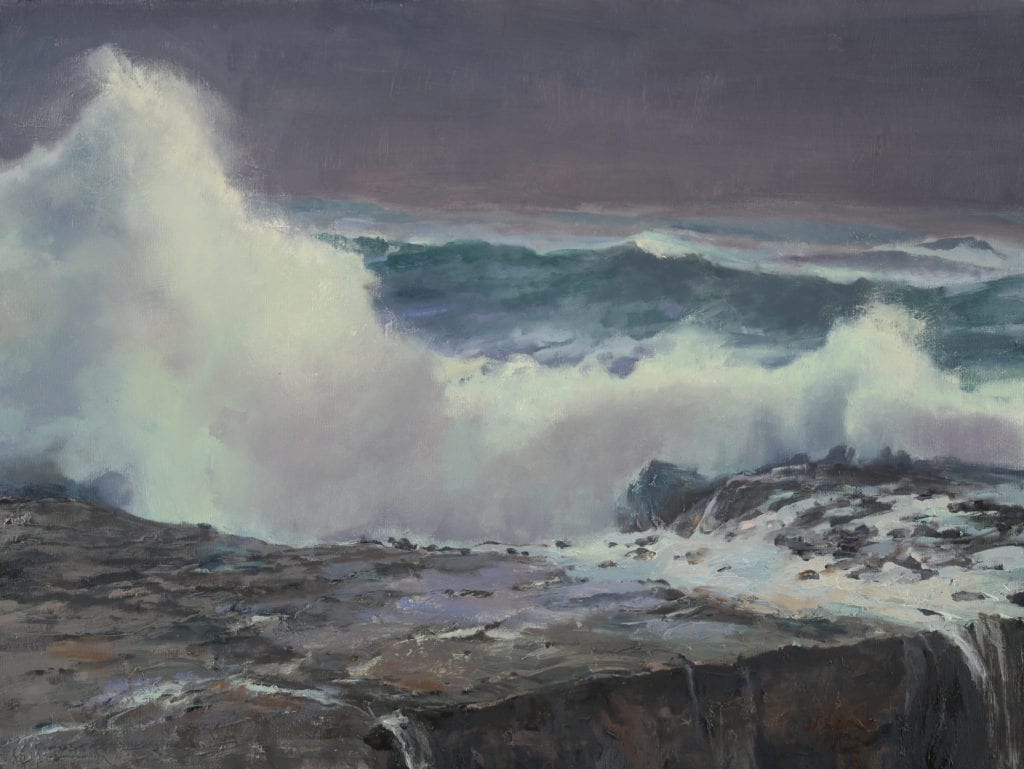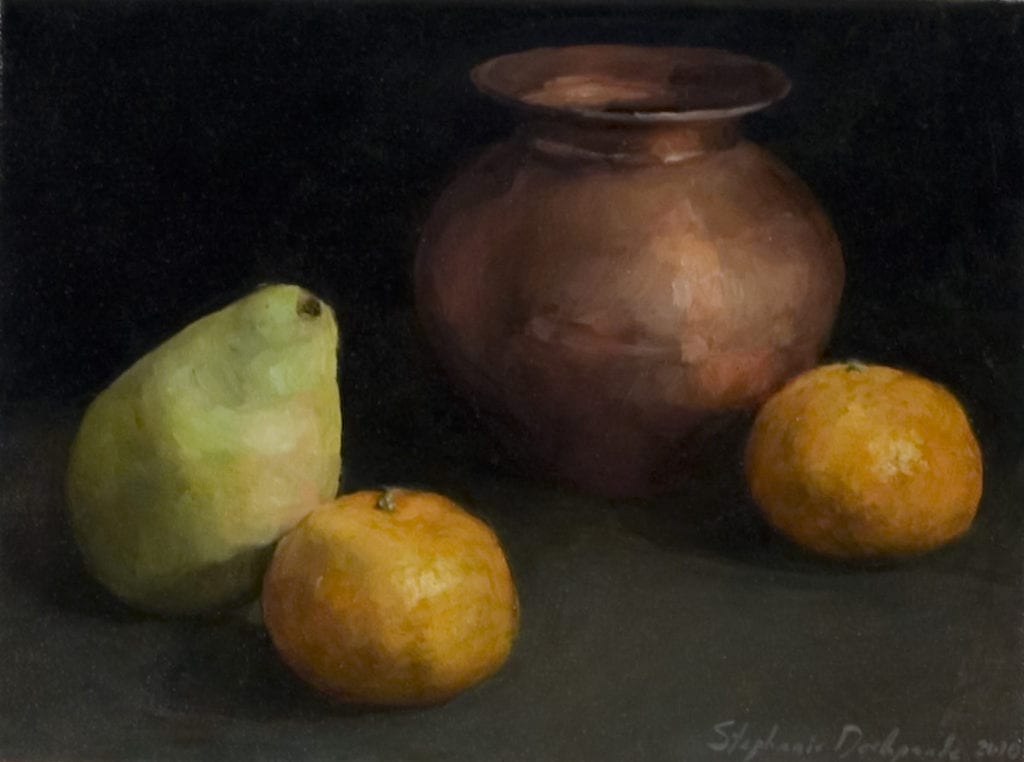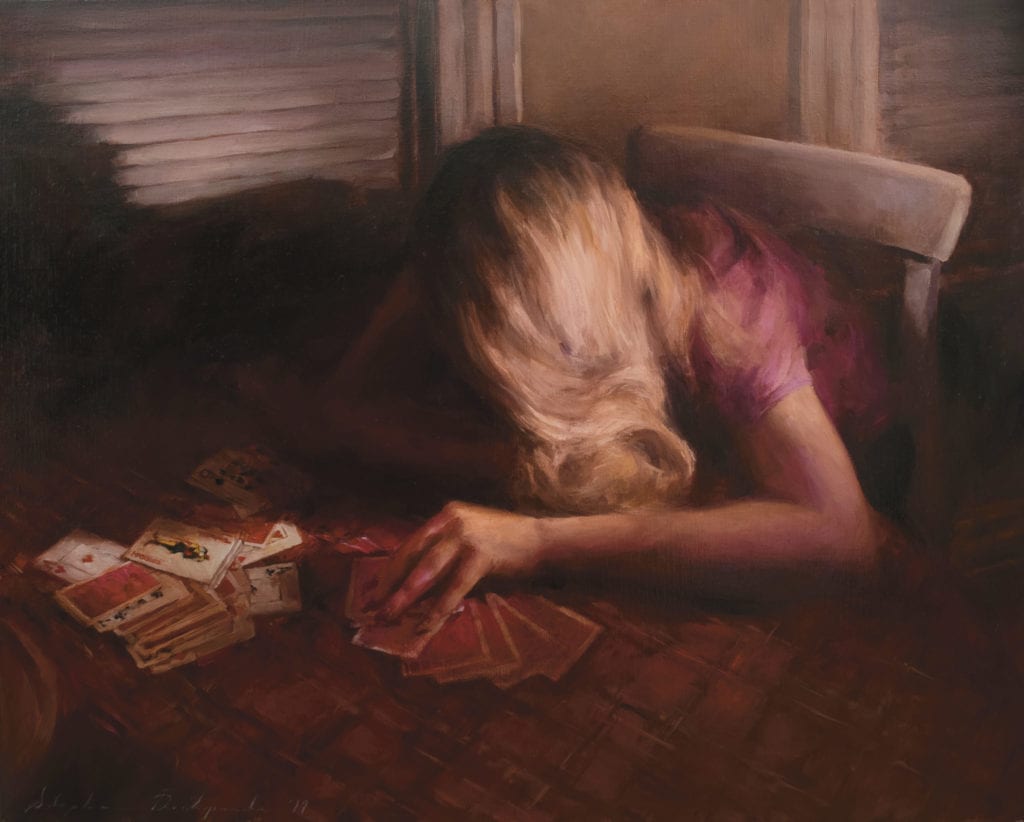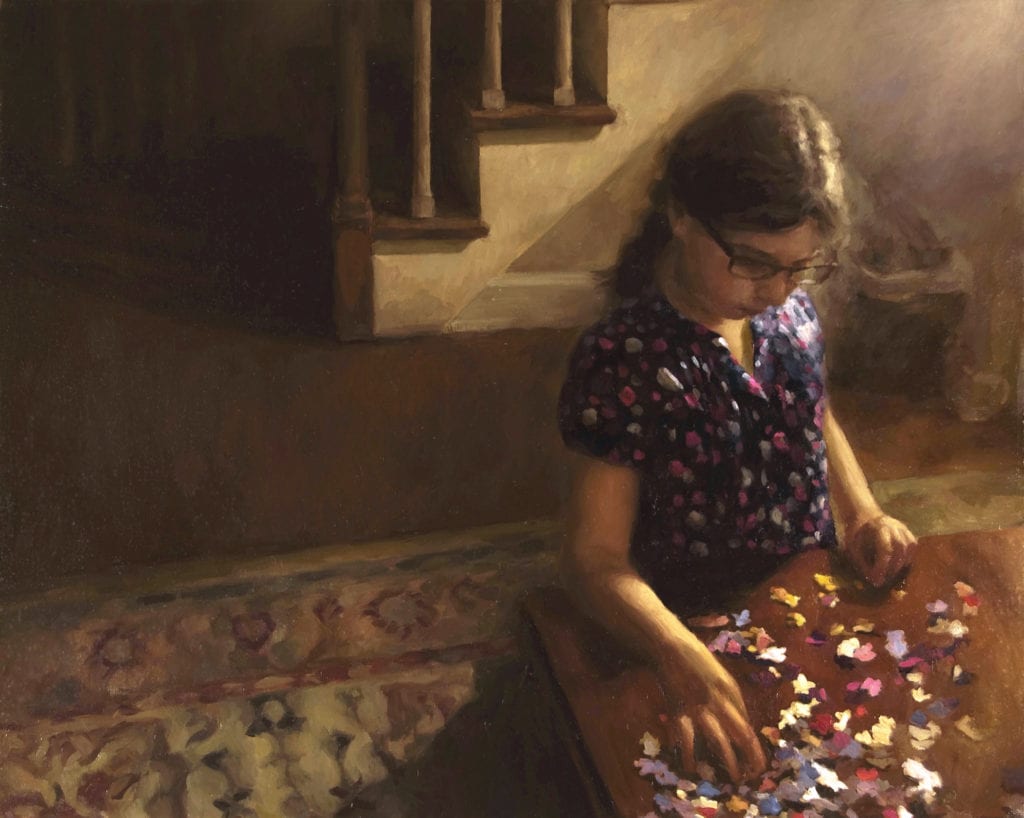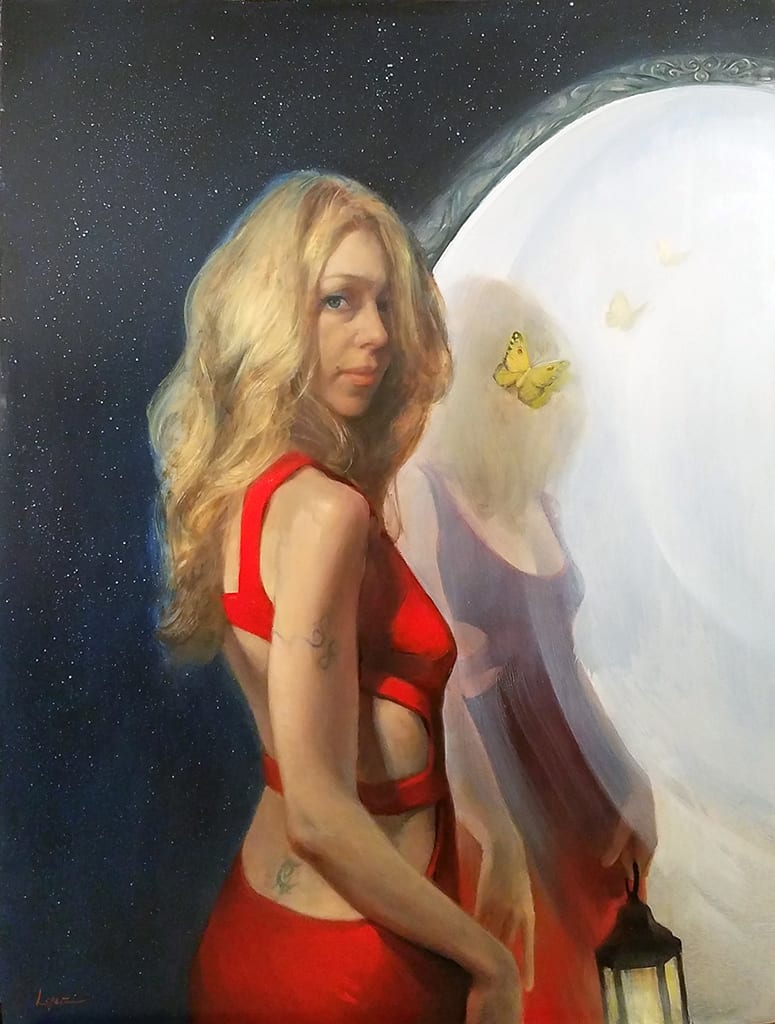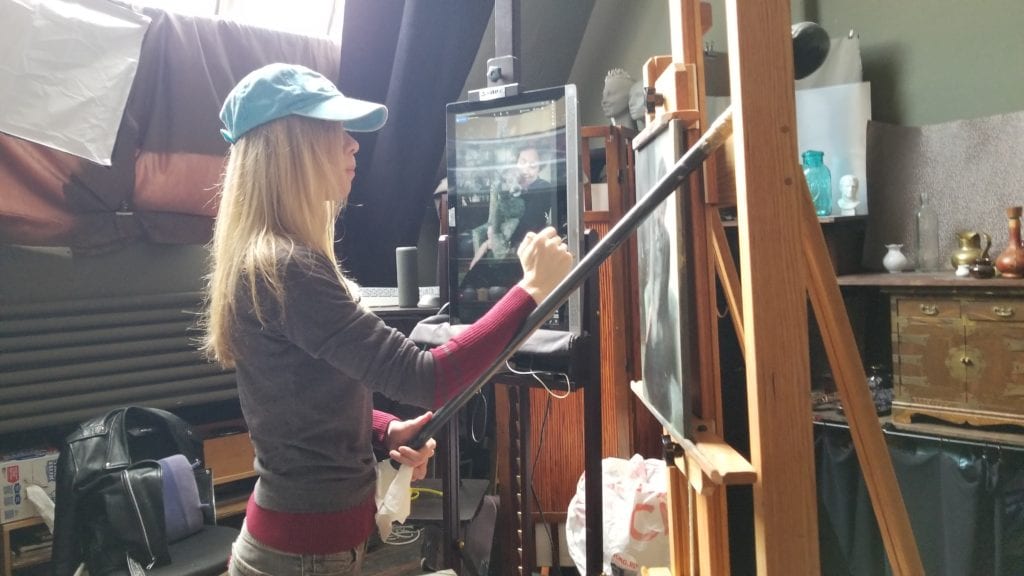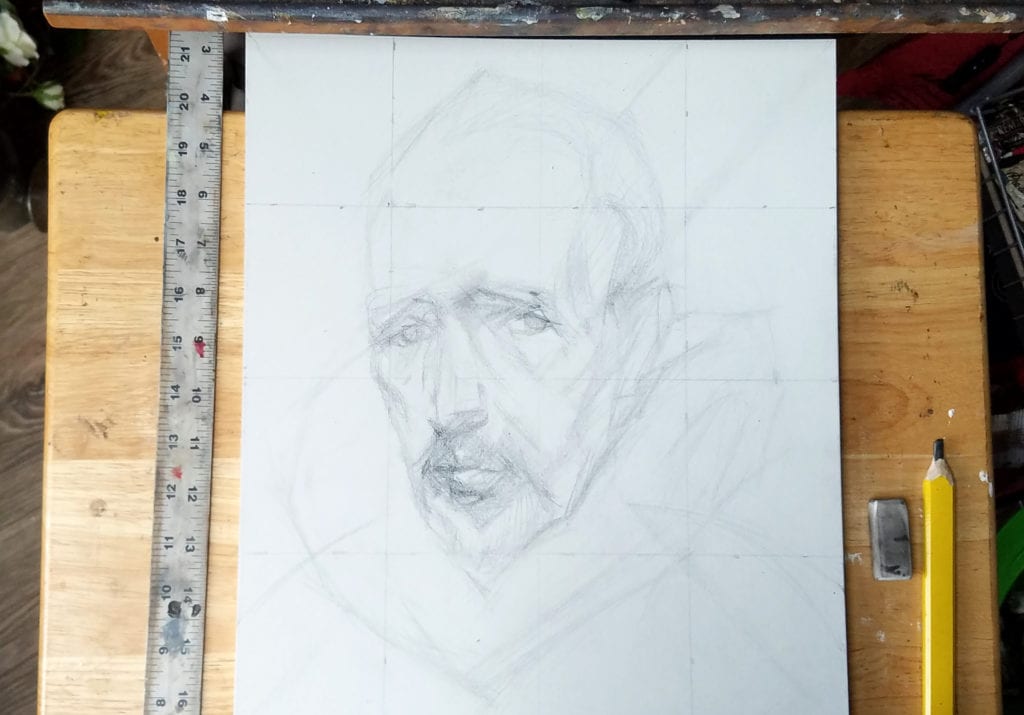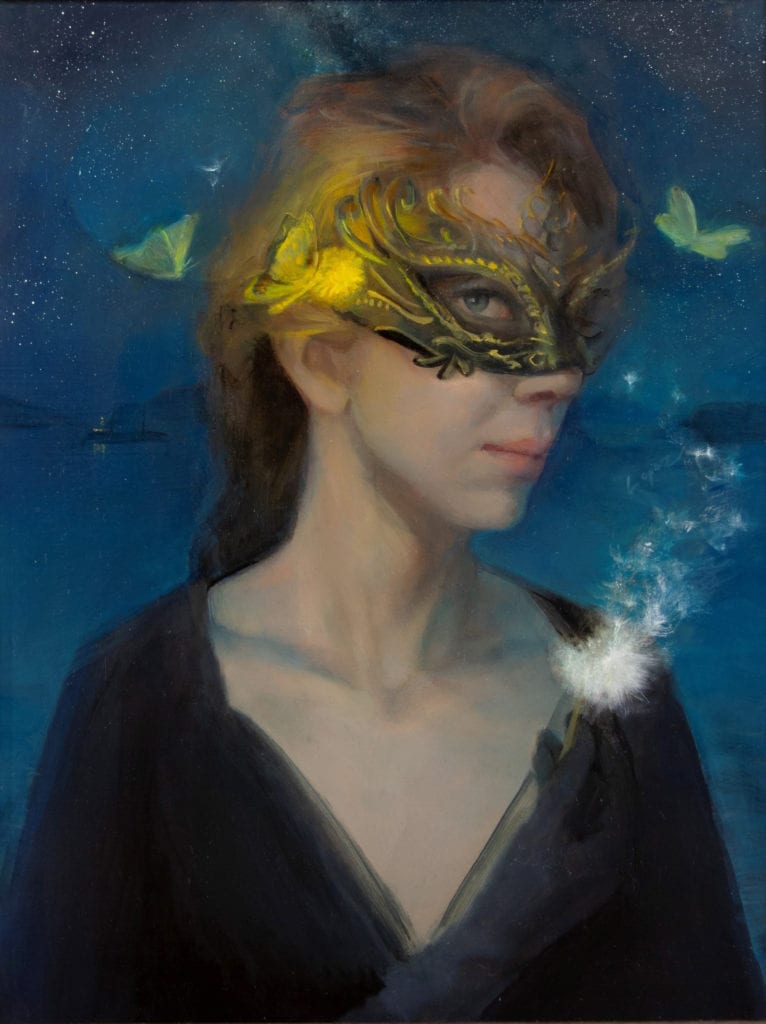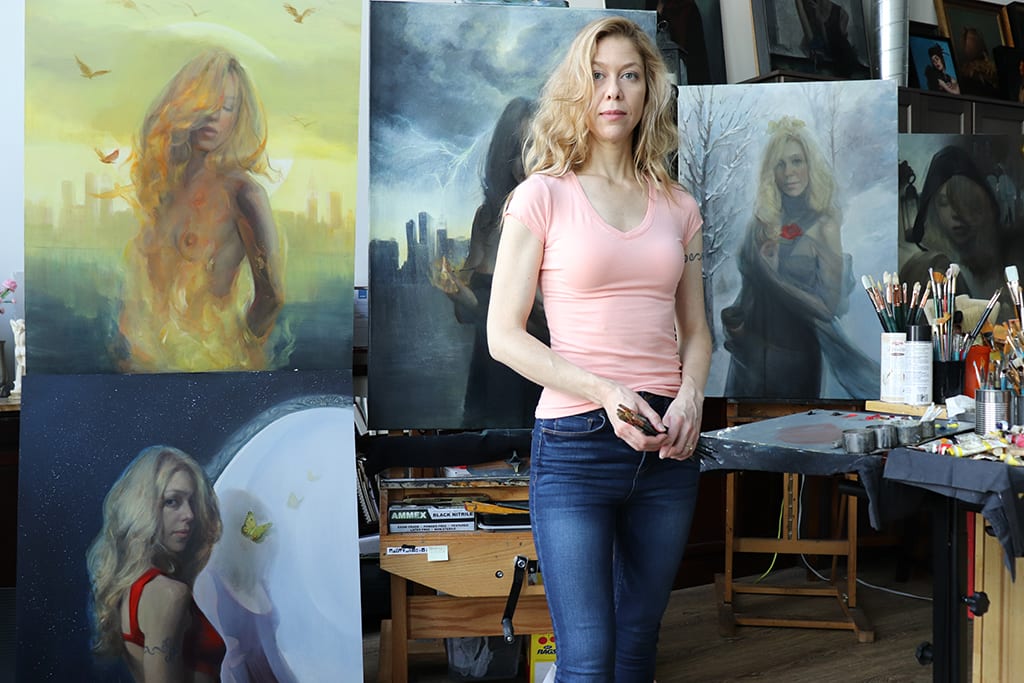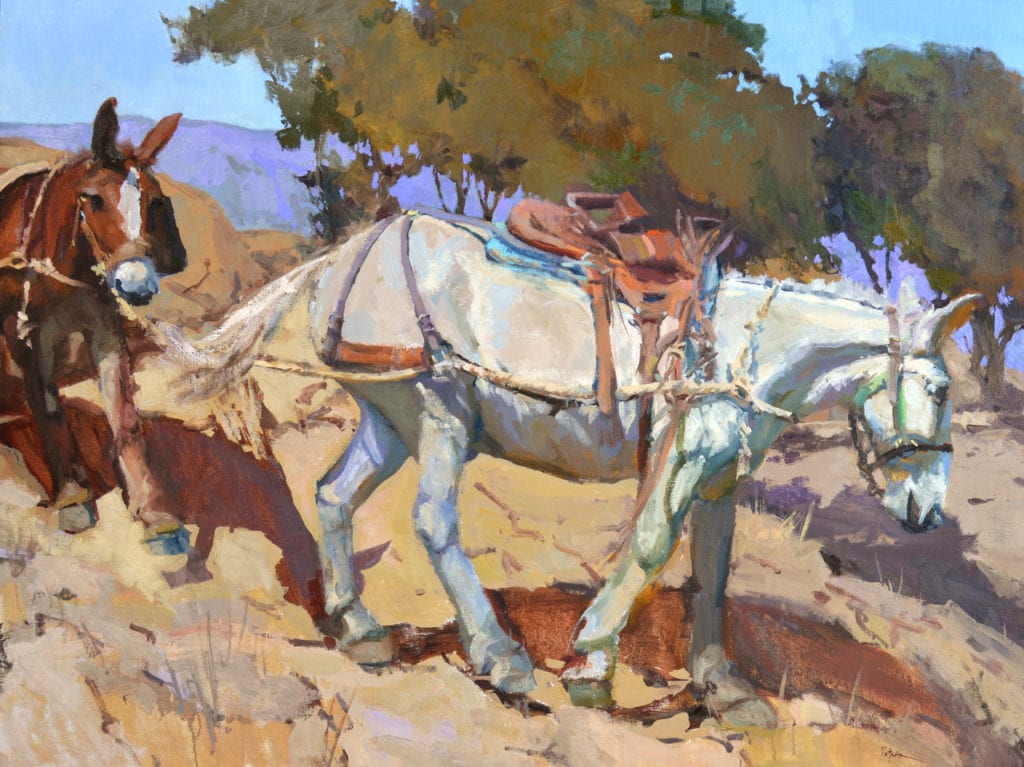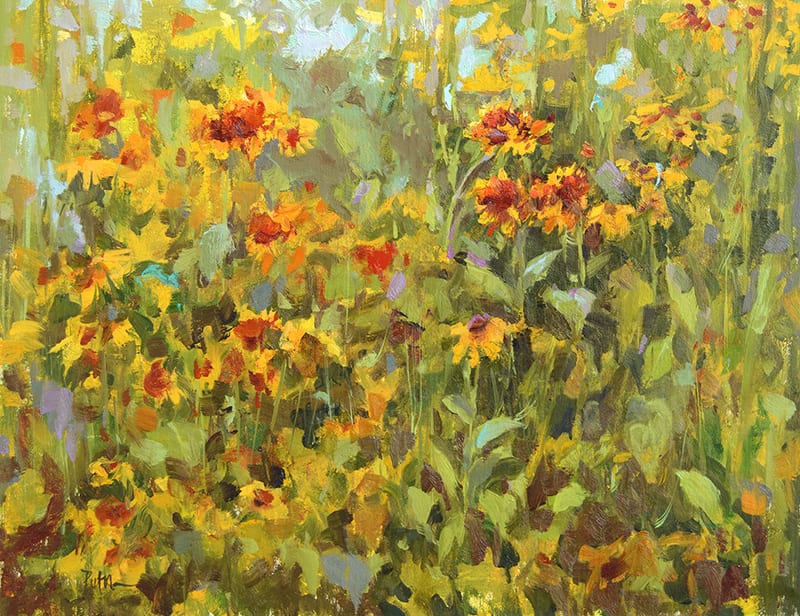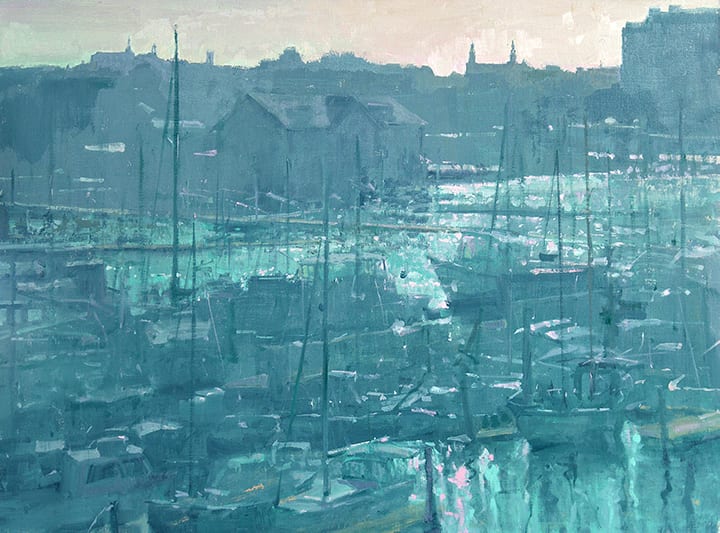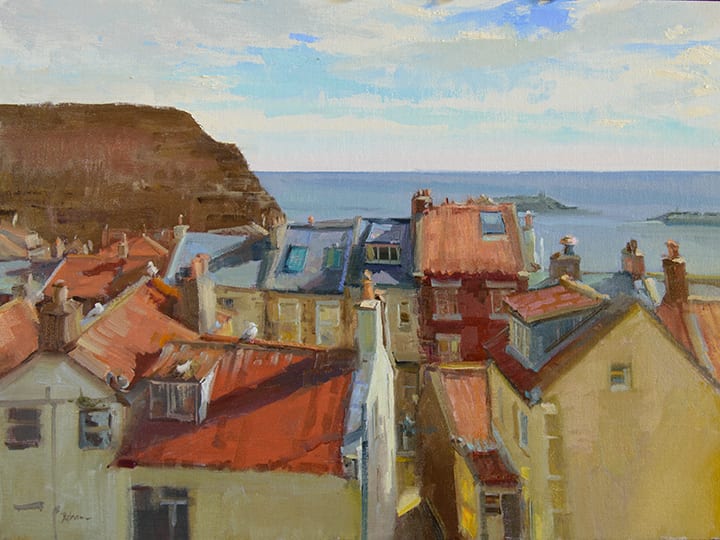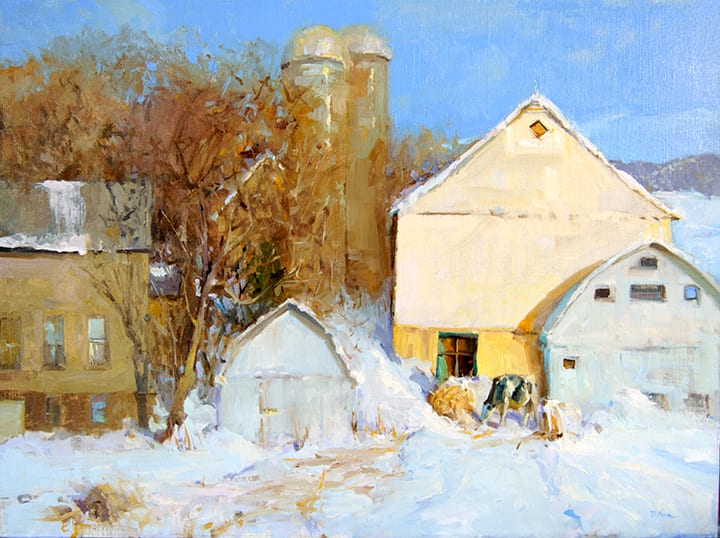Refine Your Motives
If the career path of plein air painting shows, art fairs, or gallery representation does not appeal to you, consider a museum exhibition. The dream of a solo museum show may seem unattainable, but with planning and determination, it can be done.
During the final semester of my MFA, I was asked to prepare a one-year, five-year and ten-year career plan for my journey to becoming a professional artist. In hindsight, the planning process helped me to minimize wasted time floundering around the artworld. A clear path from A to B gives you results.
My first-year goal was to organize my image (or brand) as an artist so I would be taken seriously. Having a portfolio of work, resume, biography and social media presence was essential. At the beginning it was not a strong presentation, but it was an important start.
Build Your Audience
During the next five years, I focused on building my resume by joining national art organizations (like OPA) that had tiers of membership and competition. The experience of applying, preparing and attending the shows began awkwardly. This is expected. The more you apply, the more experience you gain, raising the bar of your work and presentation.
Social media is a must! Yes, it is always changing. Yes, there is politics. But it is important to learn how to adapt, to be consistent, and to keep informed of what your peers are doing. It has also been my number one source of new clients and sales. The more you engage in it, the better you get at communicating with your audience. Social media is in fact how I caught the eye of the museum staff. I noticed they were liking my posts, so I prepared an inquiry for a potential exhibition, which eventually led to an in-person meeting with the director.
Believe In Your Professionalism
The preliminary meeting with a museum director is easy if you have done your work in advance. I recommend a body of work (20-30 pieces), a resume, biography, letters of recommendations and published articles. The time you spend with the director and viewing the space is more of a moment to discuss timing. All museums have agendas that precede exhibitions by at least three years. Whether you fit in their agenda is their call. A rejection is not about your work necessarily. It may be timing. Rejection and reapplying are norms in this pursuit. Once you understand that concept you will be more open to museum opportunities.
Preparing For The Big Show
The time from acceptance to the exhibit is typically 3 years. Developing the body of work and not selling it in the meantime has its challenges, including storage. In my case, the majority of the work was already finished and framed in museum-quality framing. I hung the work in a lower-level gallery in my studio. This way I could see the entire show as it developed over the years. If a client came to buy a piece, I told them it was reserved for a show. Some pieces I entered into group exhibitions or contests to see how they were received.
Every year I contacted the director to check in. Six months before the opening, the director sent a floorplan and a list of dates when things needed to be submitted, such as the name of the exhibition, an updated biography, artist statement and images. I created a list of dates and checked them off as I completed them. At the same time, I began advertising, social media posts, and connecting with collectors to let them know about the show dates and purchases.
In Conclusion
In conclusion, my pursuit from the beginning was to exhibit my art in museum settings. It may not be your path, but you can use the same steps for your own career. Create goals, do the work and keep focused. After seven years, I was offered my first solo museum exhibition. Three years later, it opens this June through September. What’s next? Finishing up a new body of work and laying out a new goal plan.
To see more of Michelle’s work and to learn about her upcoming exhibition Making Waves: A Solo Exhibition at the Santa Paula Art Museum, visit www.michellejungstudio.com
